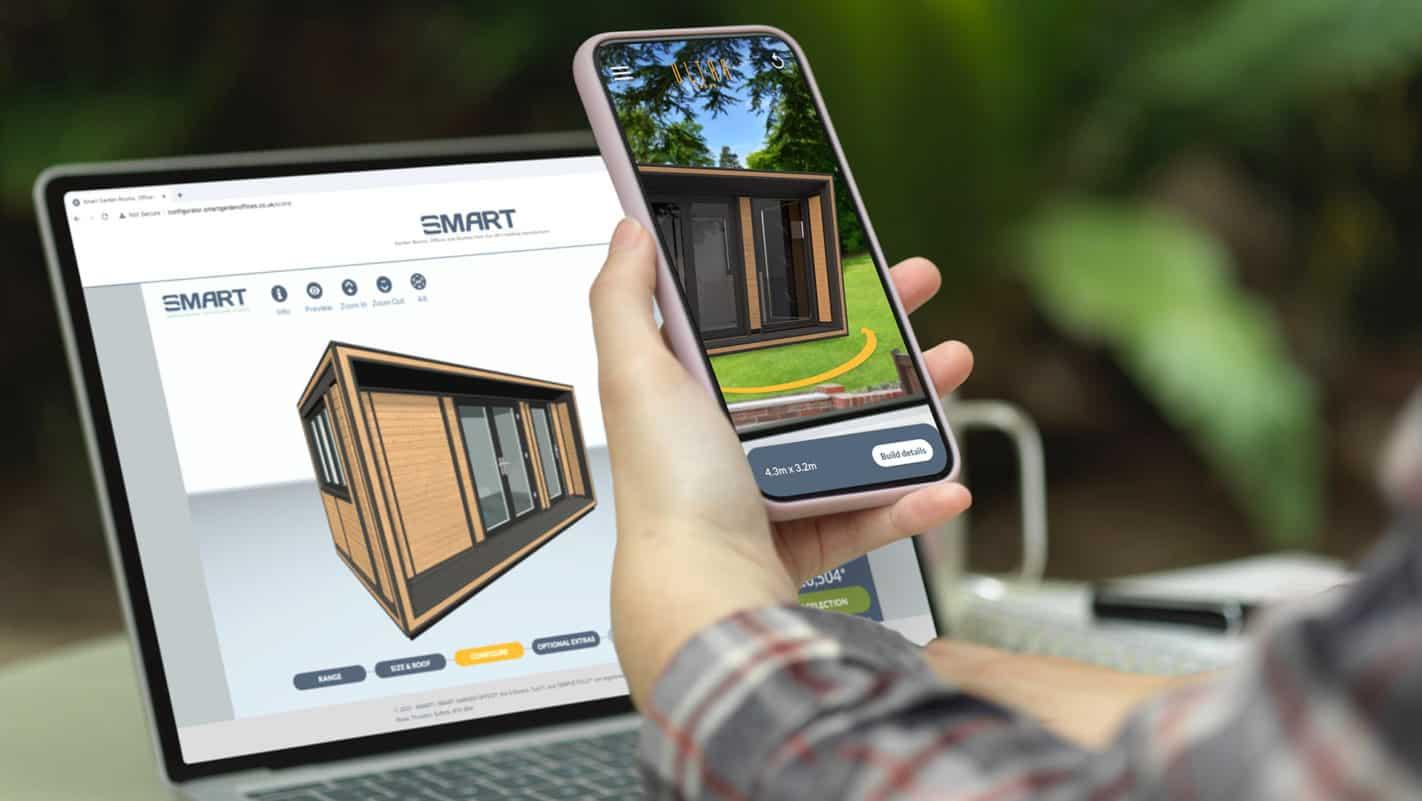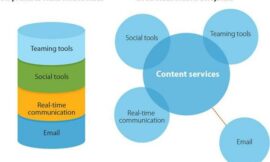Imagine stepping into a store where the shelf stretches endlessly, products come to life at your fingertips, and you can try before you buy without ever leaving your couch. This is not a scene from a sci-fi movie but the emerging reality of e-commerce, thanks to the revolutionary powers of Augmented Reality (AR) and Virtual Reality (VR). As digital landscapes evolve, these immersive technologies are reshaping how consumers interact with brands, bridging the gap between online convenience and in-store experiance. This article explores the transformative impact of AR and VR on e-commerce, uncovering how they redefine shopping, enhance customer engagement, and set new standards for the future of retail.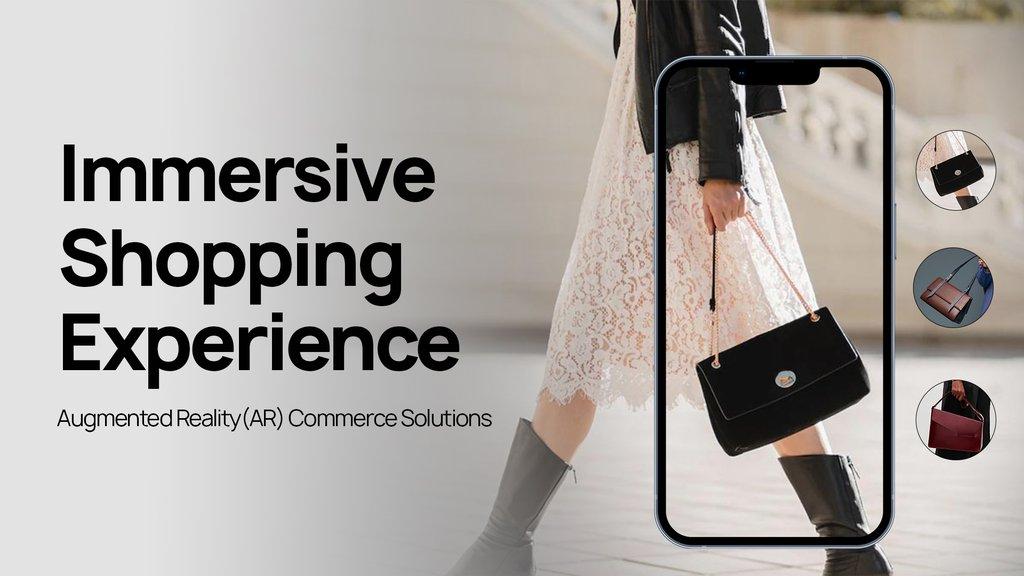
The Immersive Shopping Experience Redefined by AR and VR
Augmented Reality (AR) and Virtual Reality (VR) technologies are reshaping how consumers interact with digital storefronts by creating deeply engaging and personalized shopping environments. Customers can now visualize products in their own space before buying, try on virtual clothing, or explore detailed 3D models that respond to touch and movement.This evolution transcends traditional online shopping limitations,replacing static images and text descriptions with interactive experiences that foster confidence and reduce hesitation.
Key elements driving this immersive shift include:
- Real-time product visualization: Viewers can place furniture, electronics, or decor in their room using AR apps, eliminating guesswork.
- Virtual fitting rooms: Customers can try on apparel and accessories virtually, enhancing size and style accuracy without visiting stores.
- Fully navigable virtual stores: Users explore VR shopping malls or brand boutiques with the freedom to inspect items closely, replicating the in-store browsing feeling.
The integration of AR and VR also bolsters customer engagement by blending entertainment and e-commerce, enabling brands to stand out in competitive markets. Retailers adopting these technologies report increased conversion rates and customer satisfaction,as the immersive layers help cultivate emotional connections with products.
| Technology | Primary Benefit | Example Use Case |
|---|---|---|
| Augmented Reality (AR) | Spatial visualization | Checking furniture fit in home |
| Virtual Reality (VR) | Immersive store navigation | exploring virtual brand stores |
| Mixed Reality (MR) | Hybrid interaction with digital and physical | Virtual try-ons with realistic lighting |
For further insights on immersive commerce, visit McKinsey & Company and explore their reports on technology-driven retail innovation. Additionally, Nielsen offers extensive research on consumer behavior shifts powered by AR/VR integration.

Enhancing Product Visualization and Customer Confidence
In the dynamic landscape of online shopping, creating an immersive and interactive product experience has become essential. By integrating AR and VR technologies,retailers enable customers to engage with products in a realistic,three-dimensional space — from virtually trying on apparel to visualizing furniture in their homes. This hands-on approach reduces ambiguity, allowing shoppers to make informed decisions with confidence, effectively bridging the gap between physical and digital shopping environments.
Key benefits include:
- 360-degree product views: Customers can rotate and explore items from all angles,unveiling details missed by static images.
- Virtual try-ons: Users test products like glasses, watches, and makeup without leaving home, enhancing satisfaction and reducing returns.
- Contextual placement: AR visualizations let buyers see how products fit and function in their real-world surroundings,increasing certainty in choices.
| Feature | Impact on Customer Experience |
|---|---|
| Interactive 3D Models | Deepens product understanding |
| Real-time Customization | Empowers personalized shopping |
| AR Room Visualization | Boosts placement confidence |
For further study and real-world applications, consult resources from IBM Watson and Forbes Technology Council, which offer in-depth analyses and case studies on AR and VR’s influence in e-commerce. Harnessing these technologies not only elevates product visualization but also cultivates trust, encouraging repeat purchases and long-term loyalty.
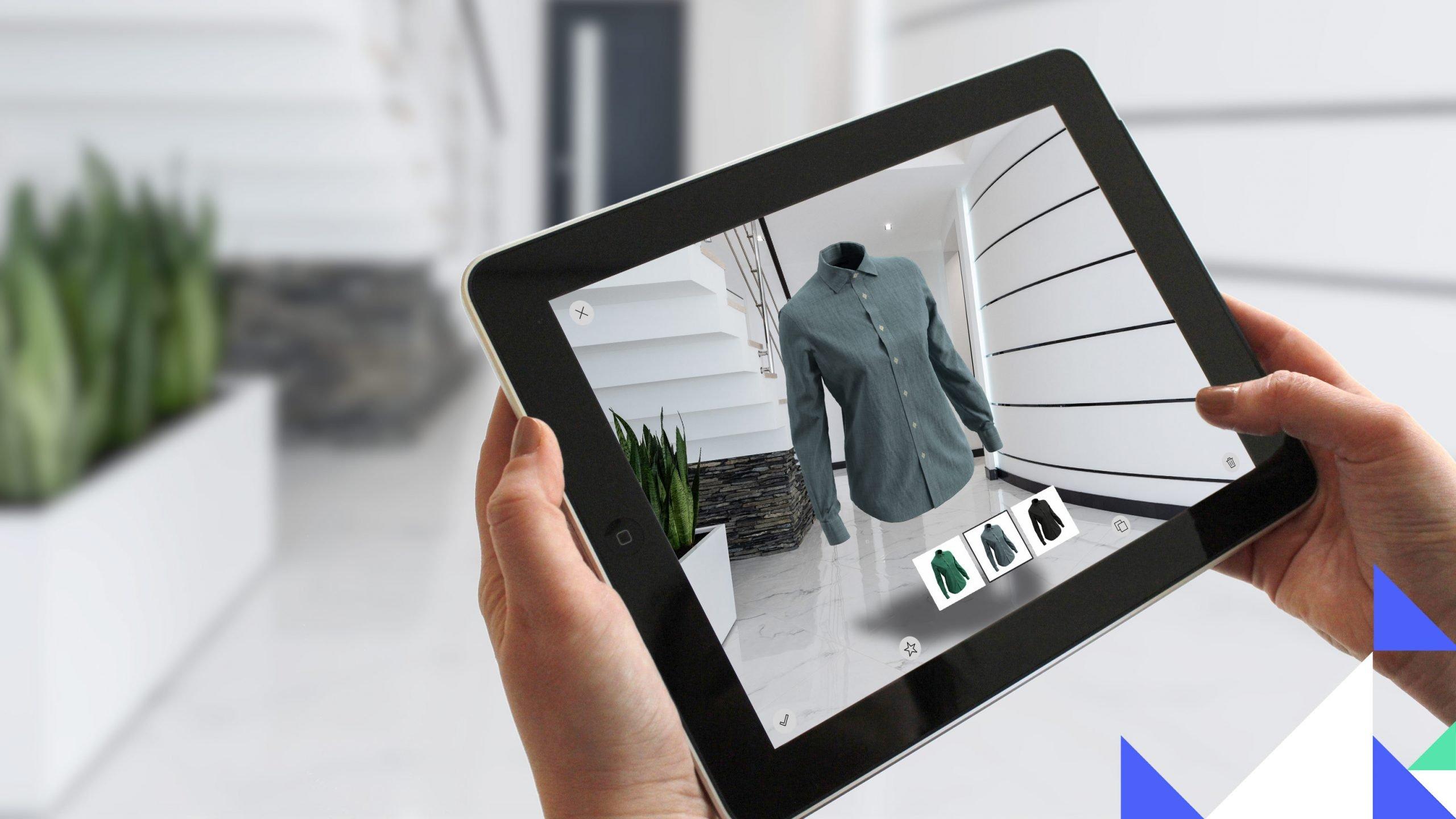
bridging the Gap Between Online and In-Store Experiences
One of the essential challenges in e-commerce has always been replicating the tactile,immersive feelings shoppers get in physical stores. Augmented Reality (AR) and Virtual Reality (VR) technologies elegantly blur this boundary, allowing customers to interact with products as if they were right in front of them. Imagine trying on furniture virtually in your living room or previewing how a new jacket complements your wardrobe—all without leaving your house.
These technologies elevate the online shopping journey by blending sensory and spatial awareness into the digital format. Shoppers gain greater confidence in their buying decisions through:
- Interactive 3D product models that reveal fine details from every angle.
- Personalized virtual try-ons utilizing computer vision and body mapping.
- Immersive virtual storefronts where browsing mimics real-world exploration.
this integration not only reduces return rates but also enhances engagement and customer satisfaction,effectively merging the best aspects of online convenience with in-store richness.
| Feature | Customer Benefit | Example Use Case |
|---|---|---|
| 3D Product Visualization | Examine product details closely | Rotating models of electronics or fashion accessories |
| Virtual Try-On | See product fit before purchase | AR mirrors for eyewear and clothing |
| Virtual Storefronts | Browse in immersive environments | VR shopping malls replicating real layouts |
By harnessing innovations from industry leaders such as W3C and IBM AR/VR Solutions, brands are equipping themselves with tools that not only support product exploration but also foster emotional connections. As e-commerce continues to evolve, these immersive technologies stand at the forefront, redefining how consumers discover, connect with, and ultimately purchase products online.
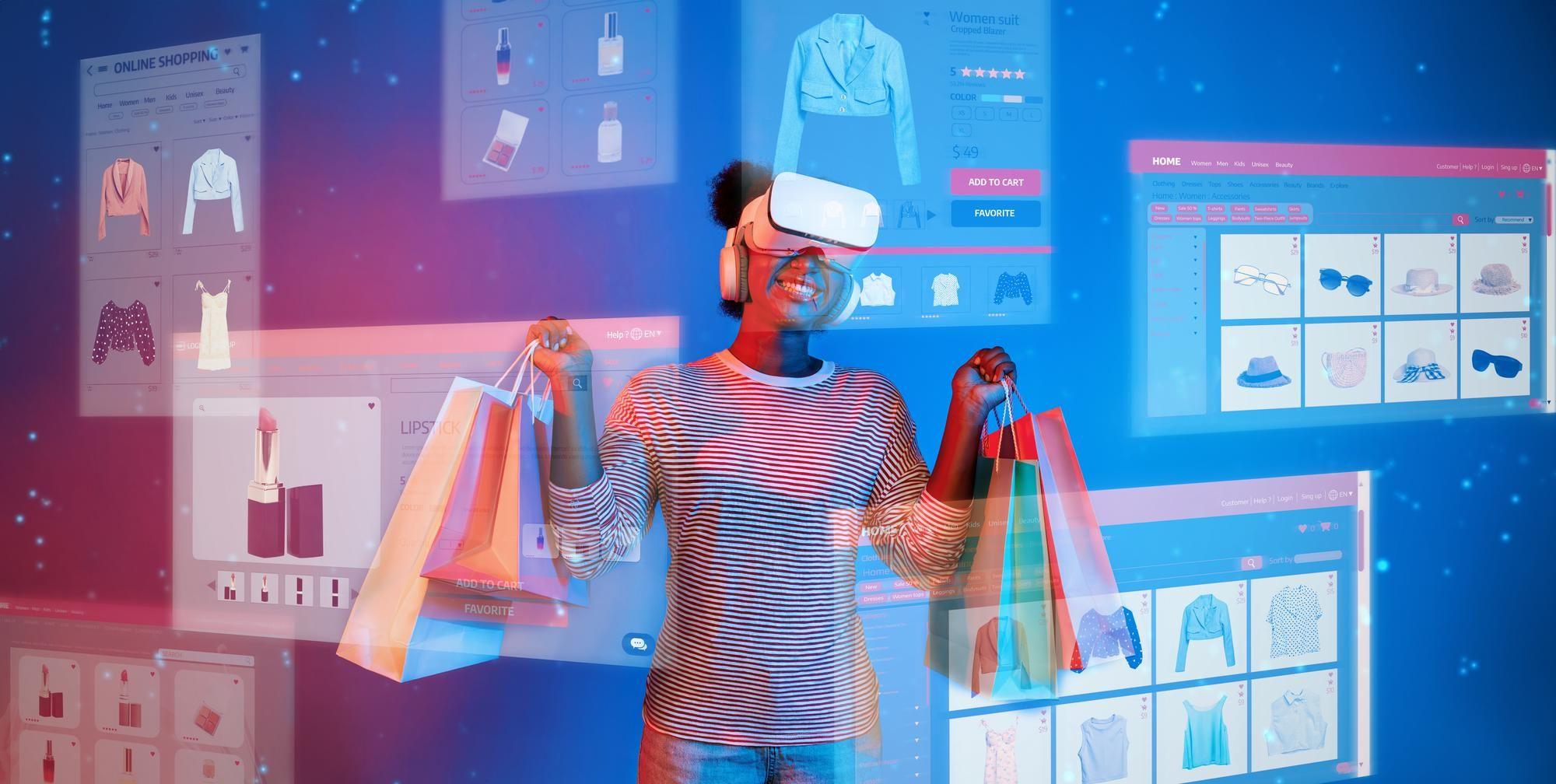
Strategies for Seamless Integration of AR and VR in E-commerce
Implementing AR and VR technologies into e-commerce platforms requires a multi-faceted approach that balances technical innovation with user experience. Companies must invest in robust 3D modeling and rendering tools to create realistic product visualizations that entice customers. Ensuring these experiences are device-agnostic—working across smartphones, tablets, VR headsets, and web browsers—will broaden accessibility and reduce friction throughout the buyer’s journey.
Seamless integration also means leveraging data analytics and AI to personalize interactions. As an example, combining AR try-ons with customer behavior insights can generate targeted recommendations, enhancing engagement and conversion rates. Maintaining fast load times and intuitive interfaces is essential to prevent technology from becoming a barrier to purchase. Partnering with established platforms like Apple ARKit or Google ARCore can accelerate development and ensure consistent performance.
- Focus on scalability: Create modular AR/VR features that can evolve with consumer demands.
- Prioritize security: Safeguard customer data especially within immersive shopping environments.
- Integrate social sharing: Encourage users to share AR experiences, boosting organic reach.
| Aspect | Best Practice | Benefit |
|---|---|---|
| Content Quality | High-resolution 3D assets | Immersive and realistic product views |
| Platform Choice | Cross-platform compatibility | Wider audience reach |
| User Interaction | Intuitive navigation controls | Increased engagement and satisfaction |
by strategically weaving AR and VR into the fabric of e-commerce, retailers don’t just sell products—they create memorable, interactive experiences that cultivate brand loyalty. For more insights on emerging AR and VR trends,visit Wired VR section or explore industry standards at the Immersive Technologies Alliance.
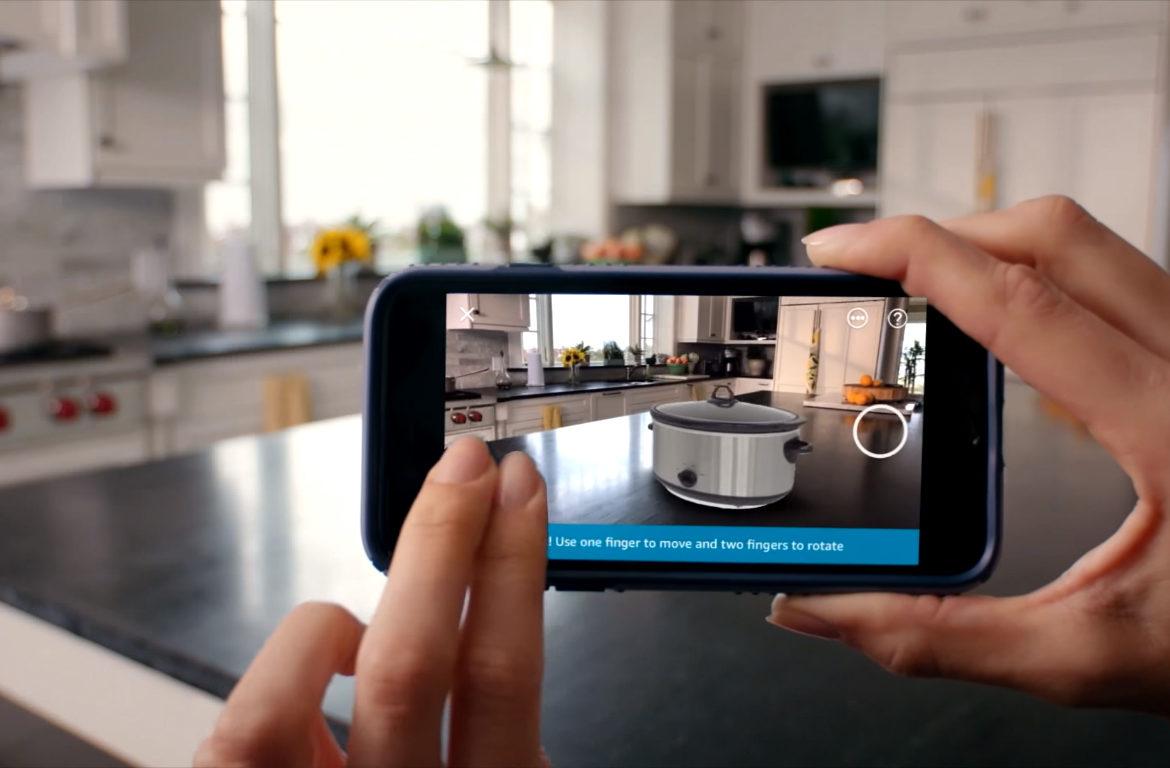
Best Practices to Maximize Engagement and Conversion Rates
To truly leverage AR and VR for boosting engagement and conversion, it’s essential to create immersive, intuitive experiences that resonate with users on a personal level. Seamless integration with your existing e-commerce platform ensures users transition effortlessly between browsing and immersive interaction, reducing drop-offs and increasing dwell time. Personalization, powered by AI-driven insights, can tailor AR/VR content to match individual preferences and shopping behavior, creating a memorable and relevant encounter.
- Optimize loading speeds to prevent user frustration—fast, smooth AR/VR experiences keep potential buyers engaged longer.
- Provide clear calls-to-action within the virtual environment to guide customers naturally toward completing purchases or exploring product details.
- use analytics tools to monitor interaction patterns and continuously refine virtual experiences based on real user data.
| Best Practice | Impact on Engagement | Conversion Benefit |
|---|---|---|
| Personalized AR Try-Ons | High — Increases user interaction time | Boosts confidence, reduces returns |
| VR Store Tours | Medium — Offers immersive exploration | Improves product understanding & upselling |
| Real-time Support Integration | High — Builds customer trust | Encourages quicker purchase decisions |
For further insights on implementing these cutting-edge strategies, exploring Final Thoughts
As the lines between the digital and physical worlds continue to blur, AR and VR stand at the forefront of a retail revolution. These technologies are not just enhancing the shopping experience—they are redefining it, making commerce more immersive, interactive, and personalized than ever before. While challenges remain, the journey of integrating AR and VR into e-commerce is a compelling glimpse into the future of buying and selling. For both retailers and consumers, the virtual doorway is now open, inviting us all to step inside and explore the next dimension of shopping.


